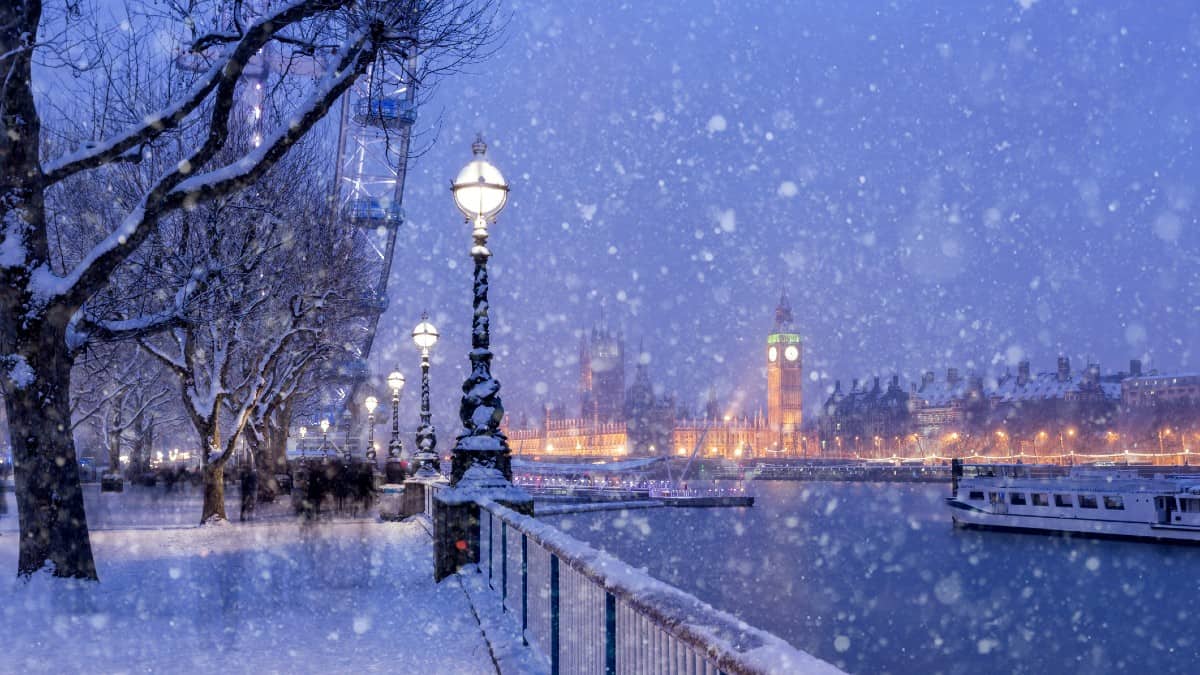Unlock the Editor’s Digest for free
Roula Khalaf, Editor of the FT, selects her favourite stories in this weekly newsletter.
Russia appears to be withdrawing some of its Syria-based forces following the sudden fall of Bashar al-Assad’s regime, according to analysis of satellite photography and a Ukrainian intelligence assessment.
Images captured by Maxar and Planet Labs reveal an increase in ground vehicles at the Hmeimim air base, the arrival of several large transport aircraft and the disassembly of Russian helicopters and air defences — all factors consistent with forces gathering there to depart.
A senior Ukrainian official agreed that it appeared that Moscow was taking out a significant amount of materiel from the country. It is, however, unclear whether the activity is the start of a partial or complete withdrawal.
Michael Kofman, a senior fellow at the Carnegie Endowment for International Peace, said: “This drawdown may signal a complete Russian exit from Syria but it is too early to tell.”
Russia’s presence across Syria is a legacy of its intervention in the Syrian civil war from 2015 when it deployed several thousand troops and air support to back Assad’s fight against rebels.
The Kremlin has said its future in the country will depend on negotiations with a new government in Damascus after Assad fled a lightning rebel offensive on Sunday. He has now been granted asylum in Moscow.
Losing the air base at Hmeimim — and Russia’s naval base at Tartus — would be a strategic problem for Moscow, as they are used as logistics hubs for the country’s activities in the Mediterranean, as well as for its operations across Africa.
Mikhail Bogdanov, Russian deputy foreign affairs minister, said on Thursday that Moscow was having “constructive” talks with Hayat Tahrir al-Sham, the rebel group that led the offensive, and that it hoped to retain its military presence in the region.
“The bases were there at the request of the Syrian authorities with the goal of fighting terrorists and Isis,” Bogdanov said, according to Interfax. “I assume everyone agrees that the fight against terrorism and what remains of Isis isn’t over.”
He added: “It requires collective efforts, and our presence and base in Hmeimim played an important role in the context of the broader struggle against global terrorism.”
Analysts have said Russia could offer the new Syrian government money, energy supplies, or gold and diamonds it is extracting from Africa, as well as a possible broader political partnership. A former senior Russian official told the Financial Times that Russia was reaching out to HTS with “friendship and love”.
The Maxar imagery of Hmeimim captured two An-124 aircraft on the airport runway. The An-124 is the largest heavy-lift aircraft in the world, capable of carrying about 150 tonnes of cargo.
Three Il-76 transport aircraft, Russia’s workhorse heavy lifters, were also on the ground. Three An-32s and one An-72, smaller models of transport aircraft, were also visible in the photographs.
Maxar’s analysts noted that a Ka-52 attack helicopter was “being dismantled and likely prepared for transport”. They also identified parts of an S-400 air defence unit “preparing to depart from its previous deployment site at the air base”.
Blogs that back the Kremlin’s war on Ukraine also posted footage on Telegram of one large column of Russian military vehicles heading for the base in Hmeimim, and another driving in the direction of Tartus. The columns, which were paused at the roadside, included trucks flying Russian flags as well as armoured personnel carriers and other equipment.
Ukraine’s military intelligence directorate, GUR, said in a statement that “the remnants of the Russian military contingent from the most remote regions of Syria are being withdrawn to the naval and air bases in Tartus and Hmeimim”.
“There are four to five military transport aircraft flying between Hmeimim and Russian airfields every day,” GUR said.

Drone footage of the base taken this week by Syria Television shows the extent of Russia’s standing presence at the Hmeimim: fighter and bomber aircraft are still housed in hangars at the base, as well as helicopters.
At the naval base at Tartus, two Russian frigates based at the port are at present waiting outside the base. A seaborne withdrawal, however, would be slower. GUR stated that two Russian vessels previously used for military logistics were heading from the Baltic towards the port.
Credit: Source link














